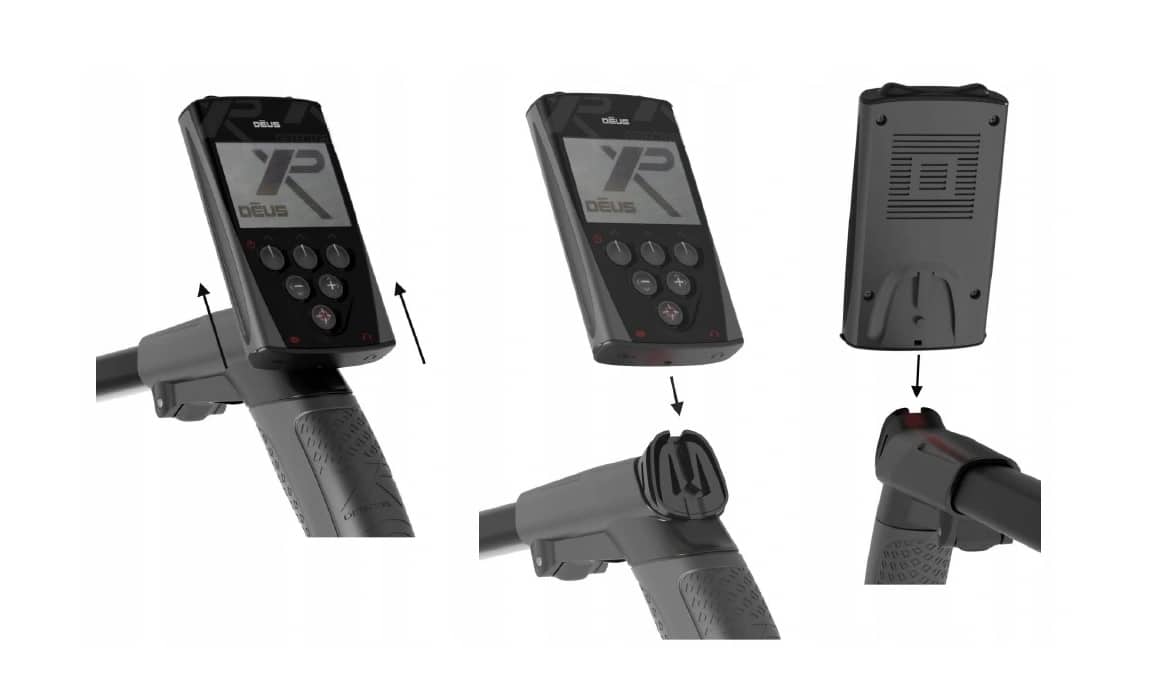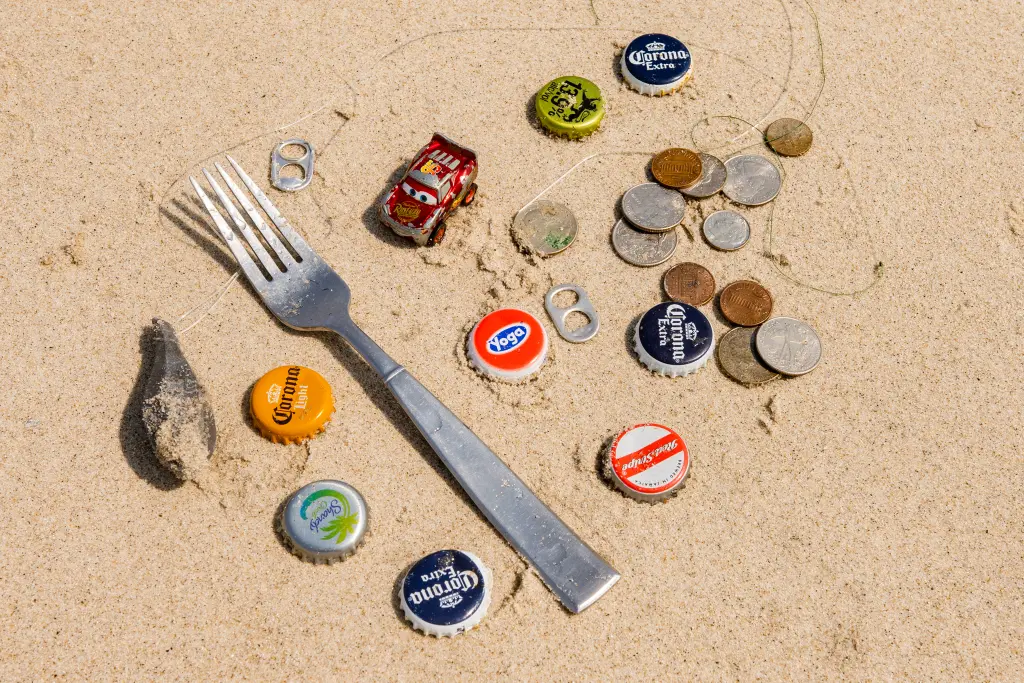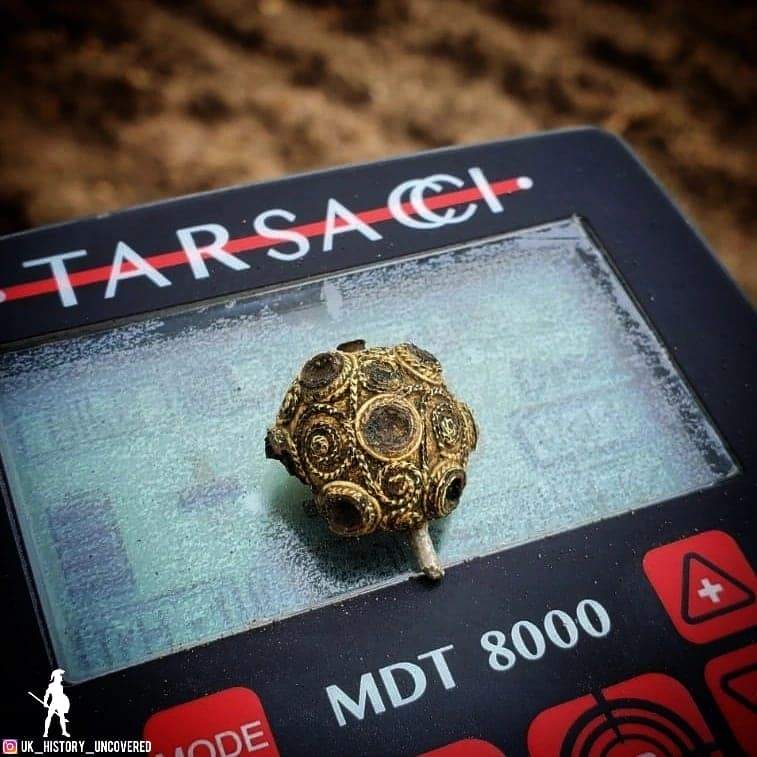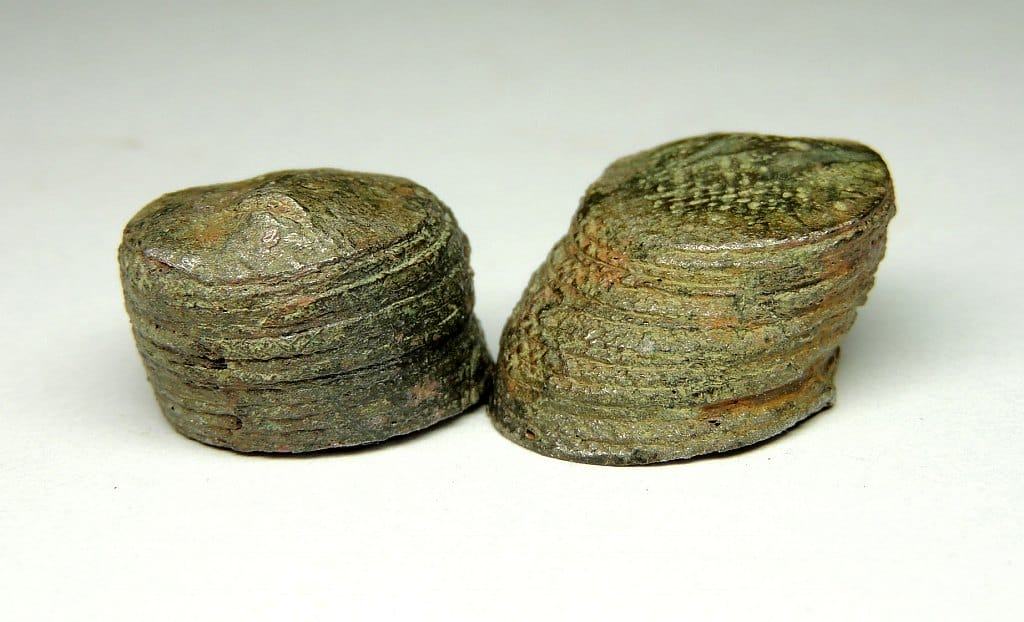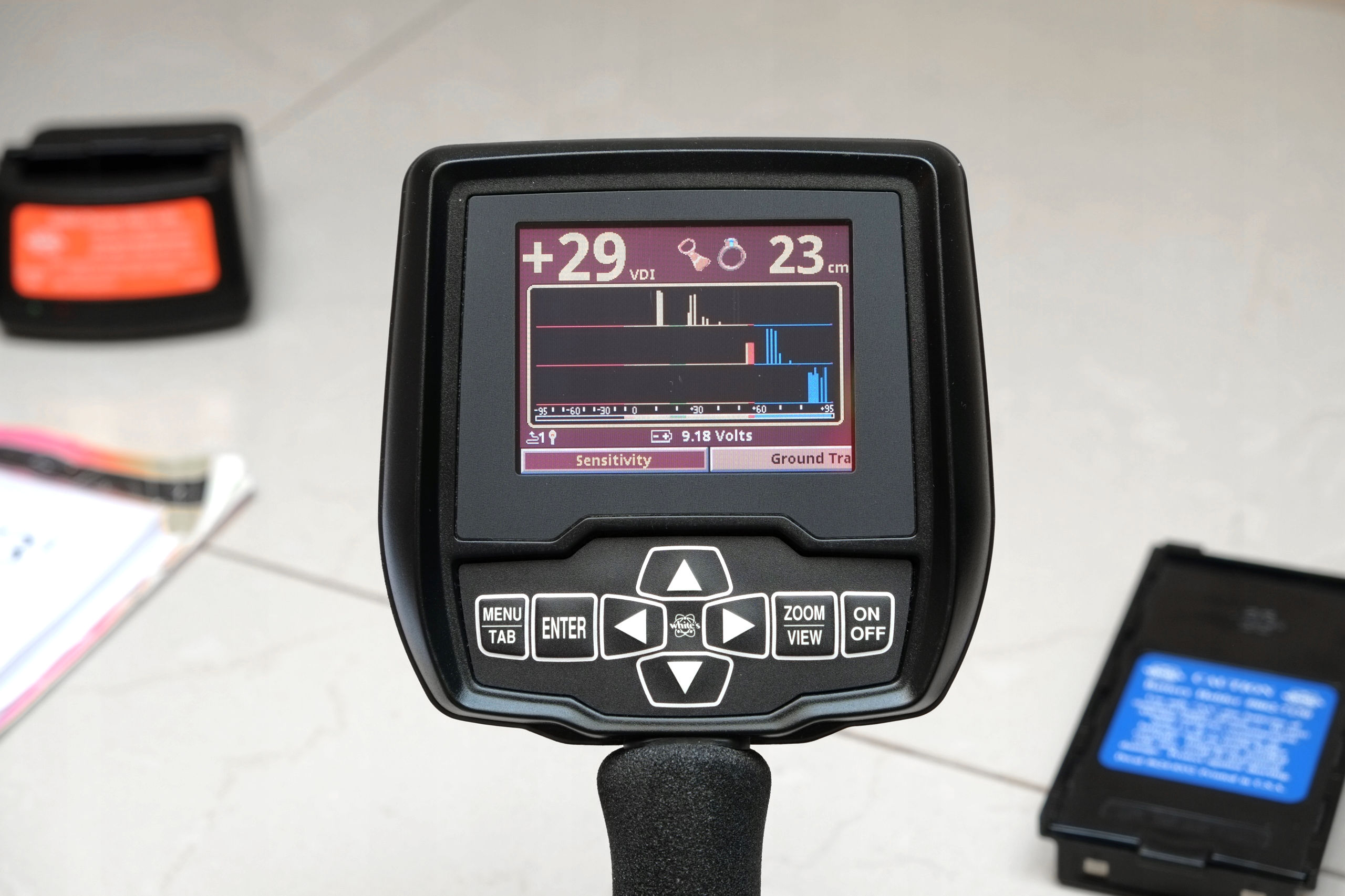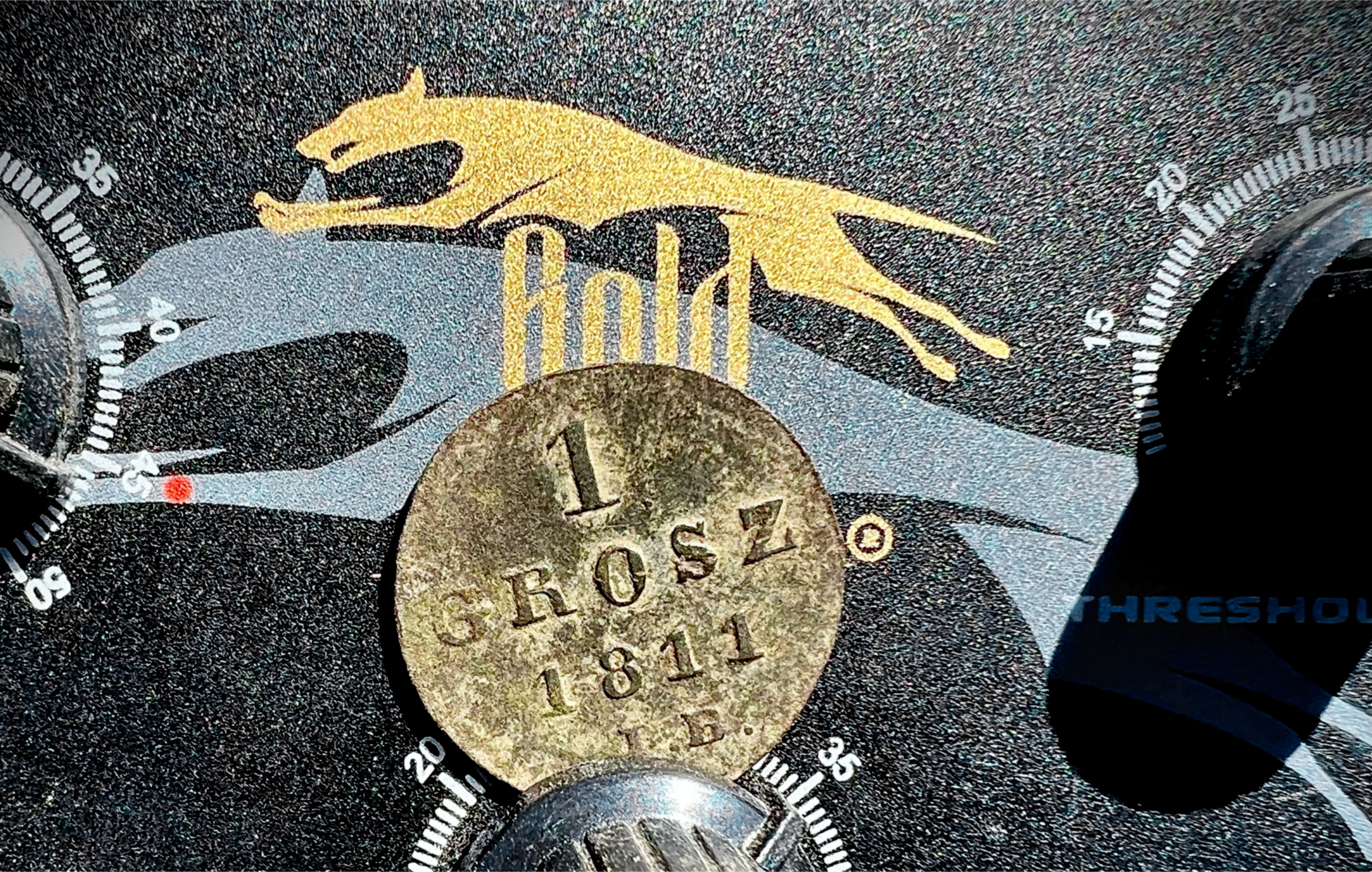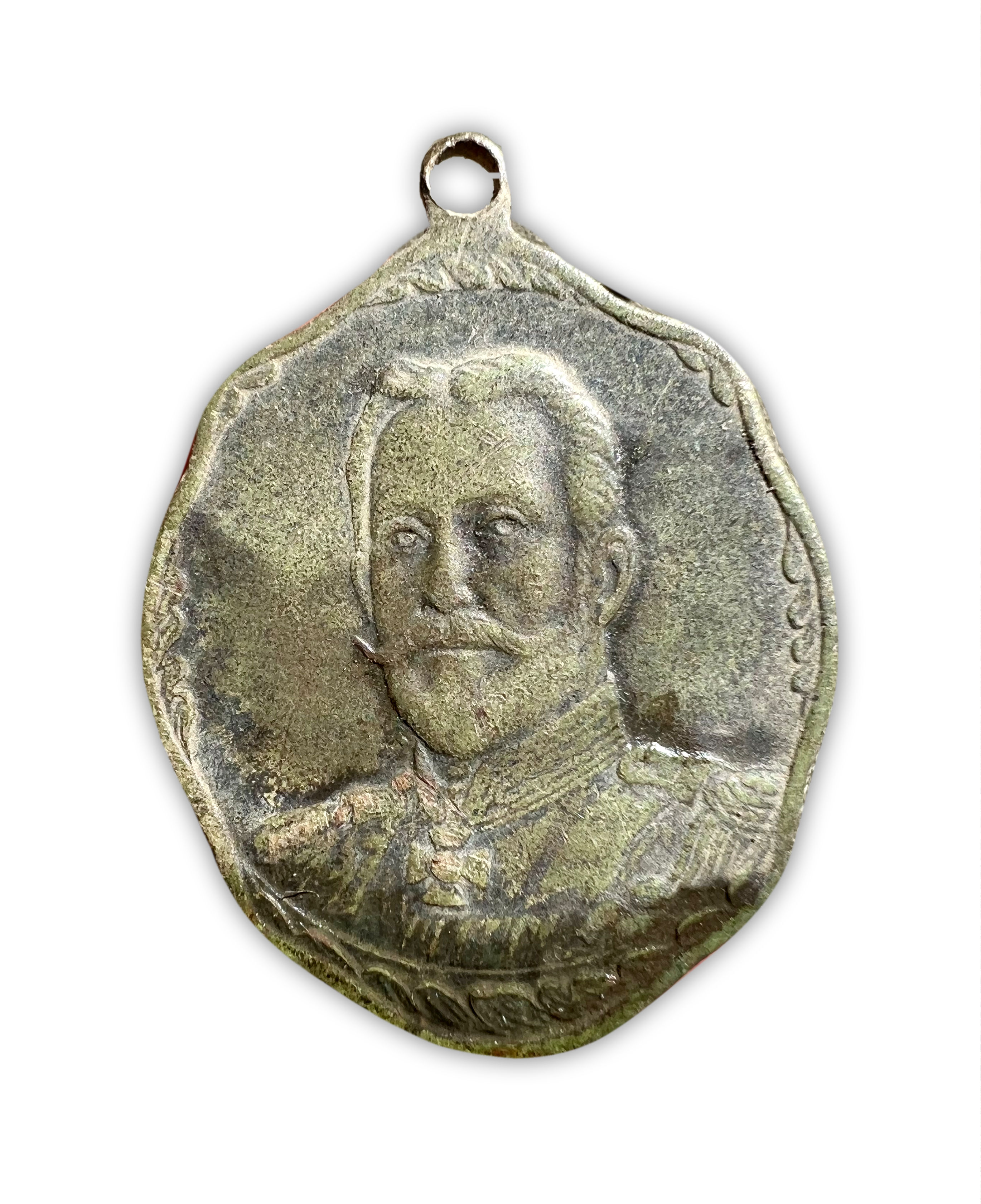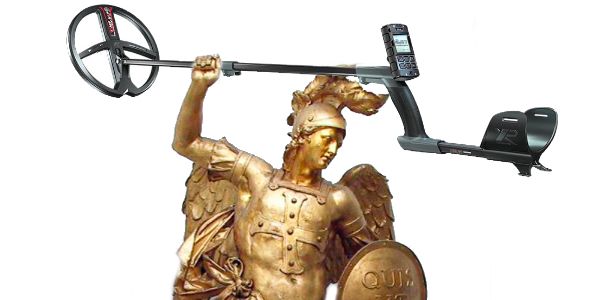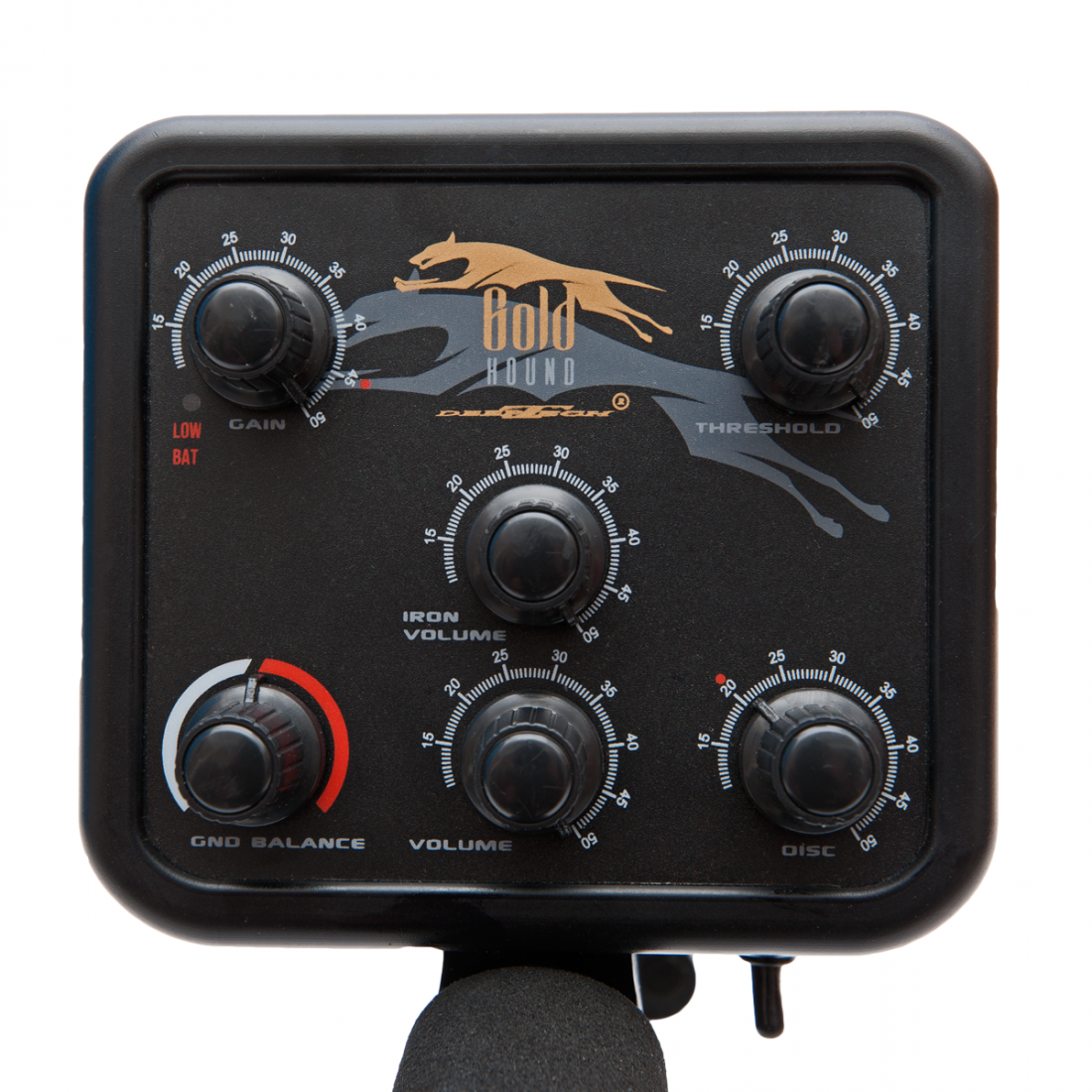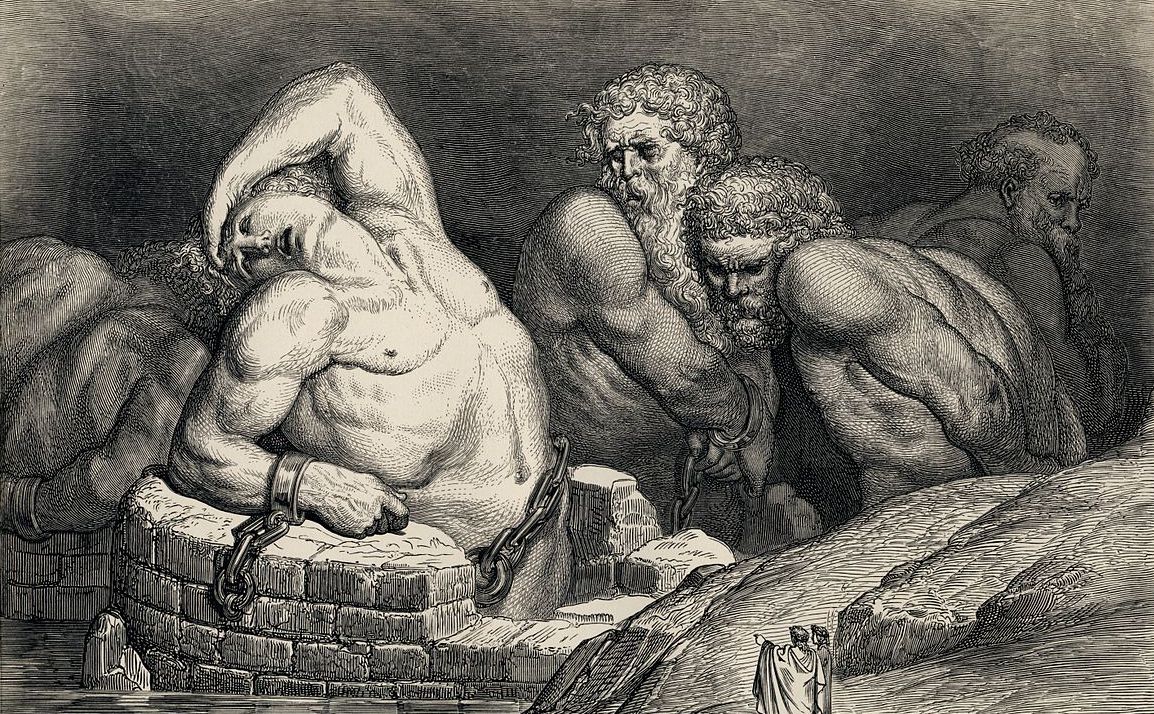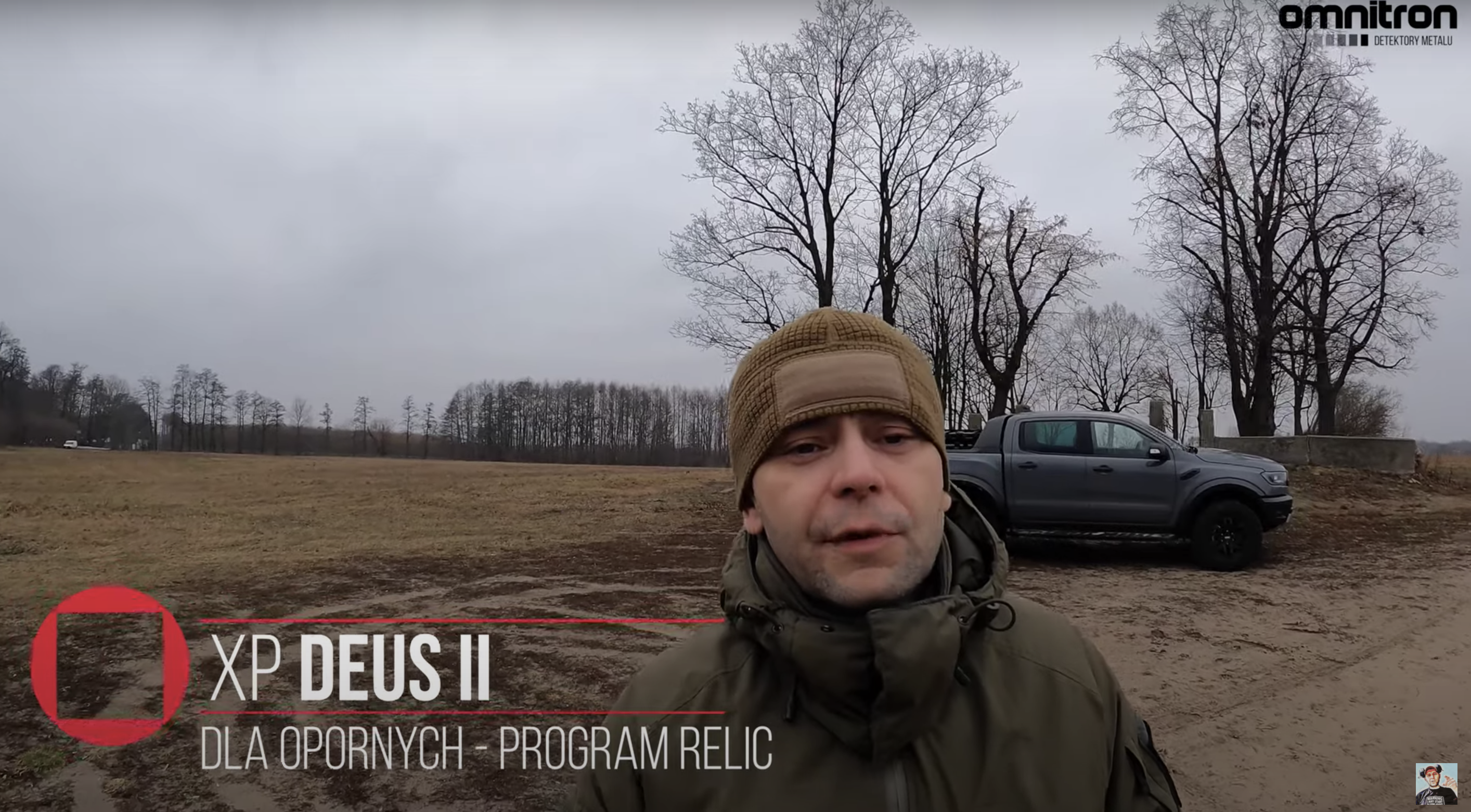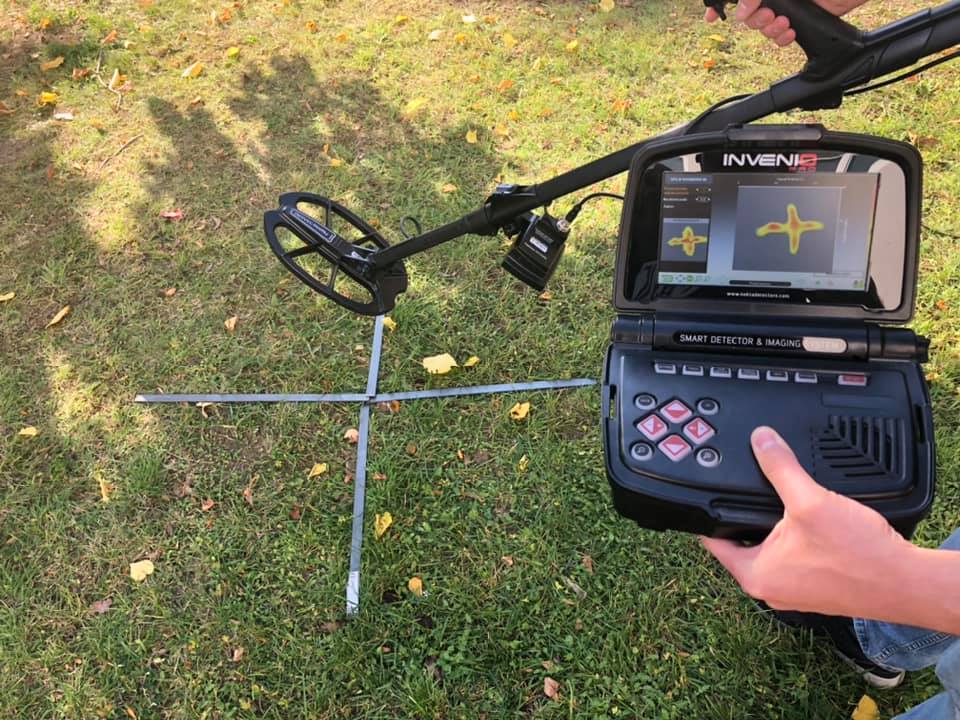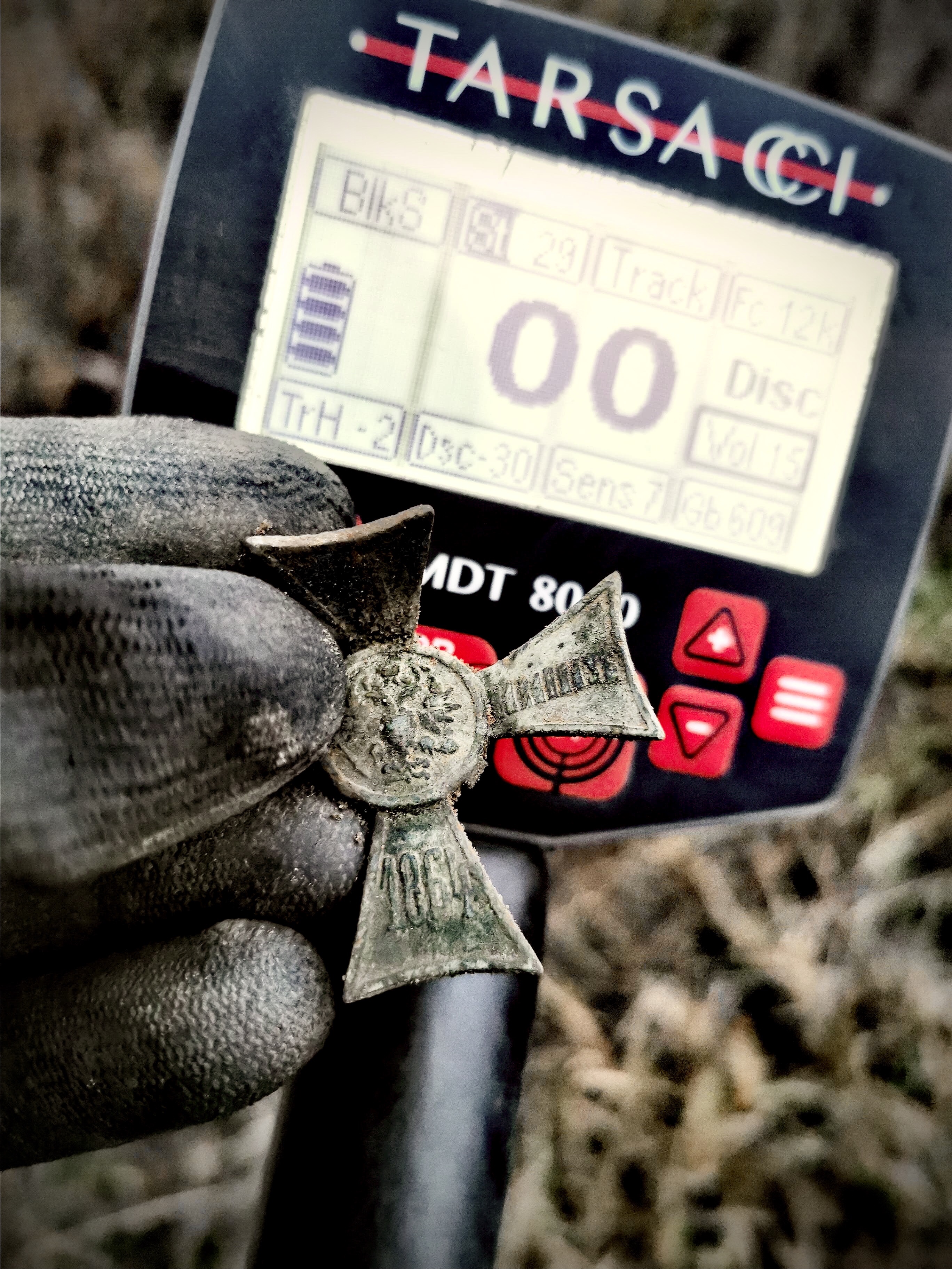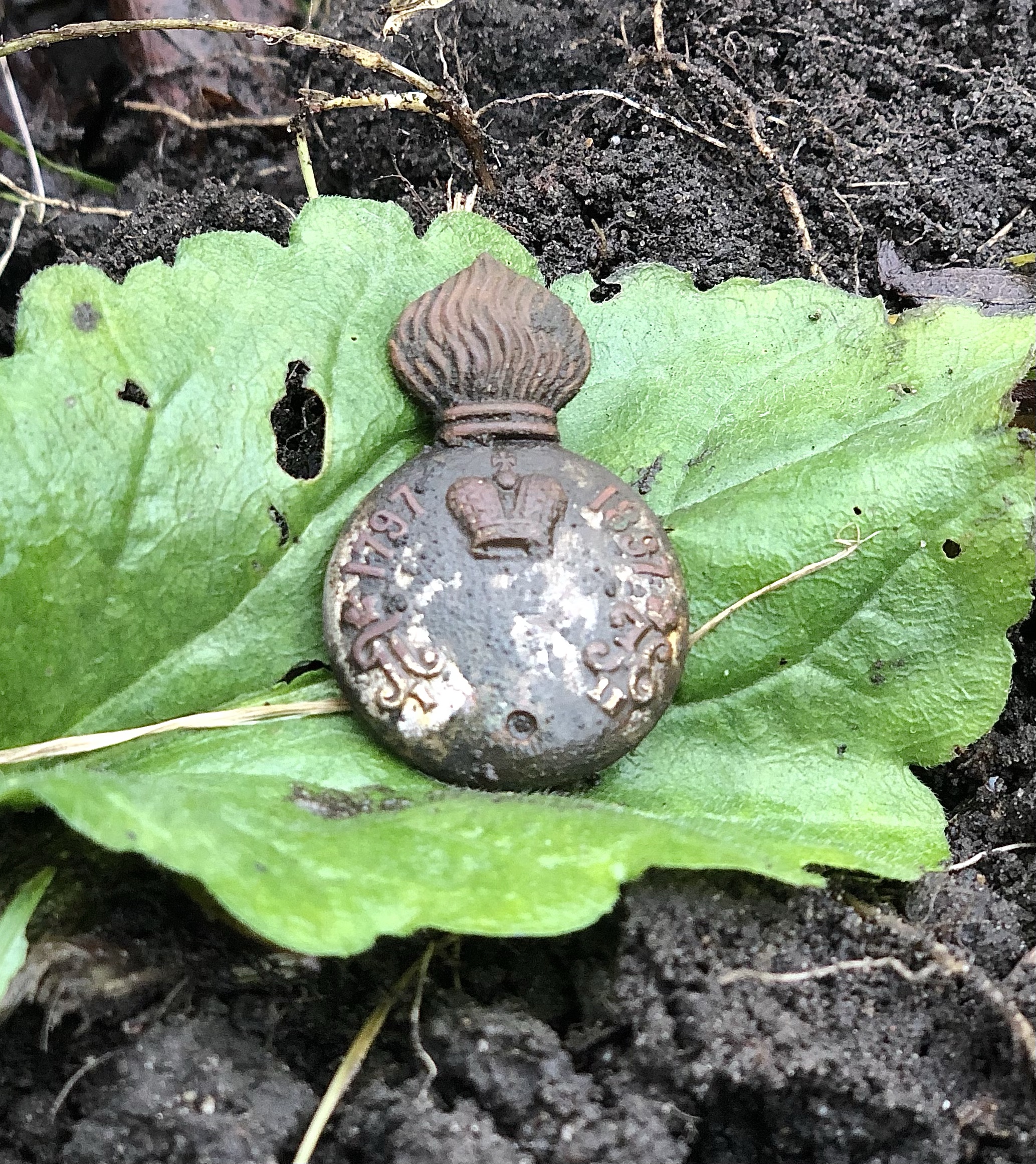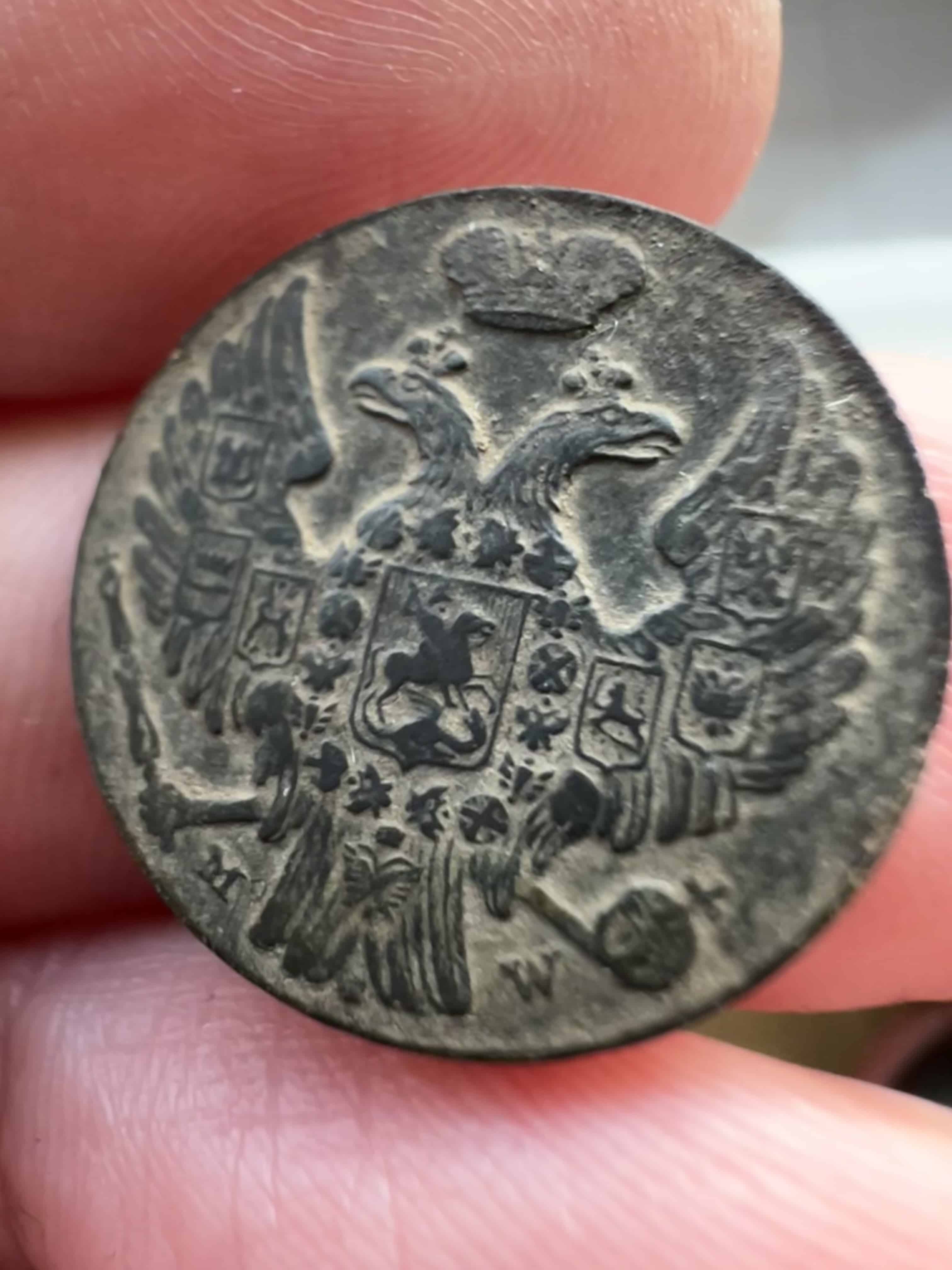
The first outing with Minelab Manticore was not successful. I had considerable doubts. After all, the price is about 10 thousand. PLN does its job and we have above-average expectations. The detector frighteningly distorted the color and no change and raising the iron limits (FERROUS LIMITS), or lowering the sensitivity and ground calibration did anything. I was stuck. I tried various ways to deal with the change in reactivity and frequent detuning, but it did not bring the expected results. The device was unstable and it was difficult to figure out what was the correct signal from the target, and what was ground interference and color-distorting iron.
Yes, the place is very difficult, and not because of the soil, which is easy and sandy, but because of the amount of iron in it. Minelab Manticore requires a bit more knowledge and experience from the user than devices from the lower price range. Here you have to think hard about what program we will choose for the prevailing conditions and how we will set it. In my case, I decided to change the program from a FAST setting to LOW CONDUCTORS. So low guides. Why? Old and fine silver has a very low ID and is located right next to iron.
The next step was to determine the iron ranges (FERROUS LIMITS), here the matter is not so simple. Low value more color distortion but less masking. I decided to set the upper value for fine iron – such as nails – to 6. This is slightly less than factory 7. The extreme version is 4, but I do not recommend it at the beginning, maybe when you get used to the equipment. It gives amazing results.
Recovery speed is a parameter responsible for the separation. Here I stayed with factory 5, and sometimes I use 6 in a place with more traffic 😉 Higher value, better separation of objects and more stability, less range. At low values, you have to sweep slower and the equipment becomes less stable. Fortunately, we can influence this with the speed of the sweep. When we come across a garbage can – we slow down, and when it’s clean we can easily speed up. Patience and experience, humility, and there will be results!
It remains to set the sensitivity. The principle is always the same as in other detectors. We go up and watch how the detector behaves. Unstable work, we have to go down. Along the way, we do NOISE CANCEL, i.e. scanning channels to look for the best one. We can combine this with the sensitivity adjustment and choose the right setting. It is worth holding the interference reset button longer until you get one repeatable channel after each scan. In the case of Manitcor, the algorithm analyzes the interference and selects the best channel for the given operating frequencies selected with the program.
Audio. What audio to choose in a place where iron and its natural oxidation make even shallow objects practically inaudible?! I chose the ENHANCED option with noise reduction and it was a hit. Finally, the number of tones. It has been known for a long time that simple audio is the best in a dump or among the iron. One ton fell. Modulation? I chose SIMPLE, which is the smallest difference between a strong and a weak signal. Why? A large value for the MEDIUM or RICH parameter makes it easy to get lost with a large number of different signals, especially high tones from piercing iron. We want to check every signal and not miss anything!
Ground calibration remained at 0, although tracking did not introduce significant changes. The maximum corrected value is 2. The device cannot be manually adjusted by the pumping process here – too much iron!
Let’s go back to the results obtained, and this one completely knocked me off my feet! The spot I passed through revived and began to produce signals that were previously inaudible to other devices, and I spent almost two years in this place! It’s a strange feeling to pull stuff next to your pits and footprints … MultiIQ+ software Minelab does the job in combination with very fast hardware. The sensation is shocking when the detector separates the masked signals with the iron and the 2D graph becomes a checking tool. How to do it? The matter is simple because it is very easy to distinguish interference from iron and ground in the ENHANCED audio. In case of additional doubts, we look at the chart and rotate over the target by 90 degrees. In this case, after rotation, the TARGET TRACE signal in the conductivity axis, signaling the so-called color returns to iron. The chart gives us amazing opportunities to check the signal. For example, it shows large iron objects masking low conductors, small iron showing color, but also a pair of different objects next to each other. The dominant of the stronger signal changes with the change of position over the object. It’s just brilliant! If we add interference, mineralization, and different types of conductivity, we have a full picture of the possibilities!

Finally, is the detector worth 10,000? zloty? Certainly not in this country. We simply cannot afford it and no matter how good the ratio of our earnings to price is, it is unacceptable. Too bad no one talks about it!
Judge for yourself and remember to comment on this article and on our social media.






